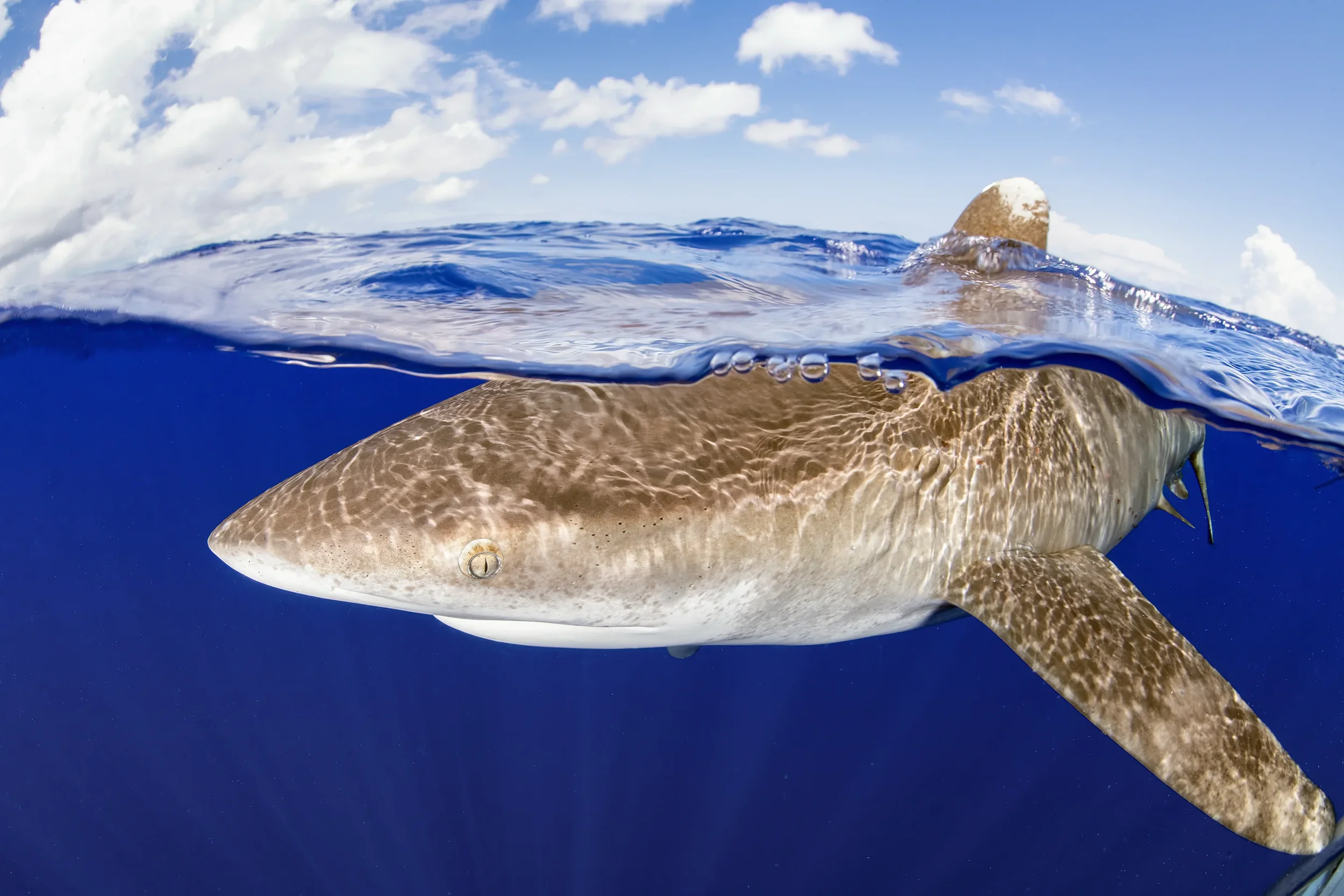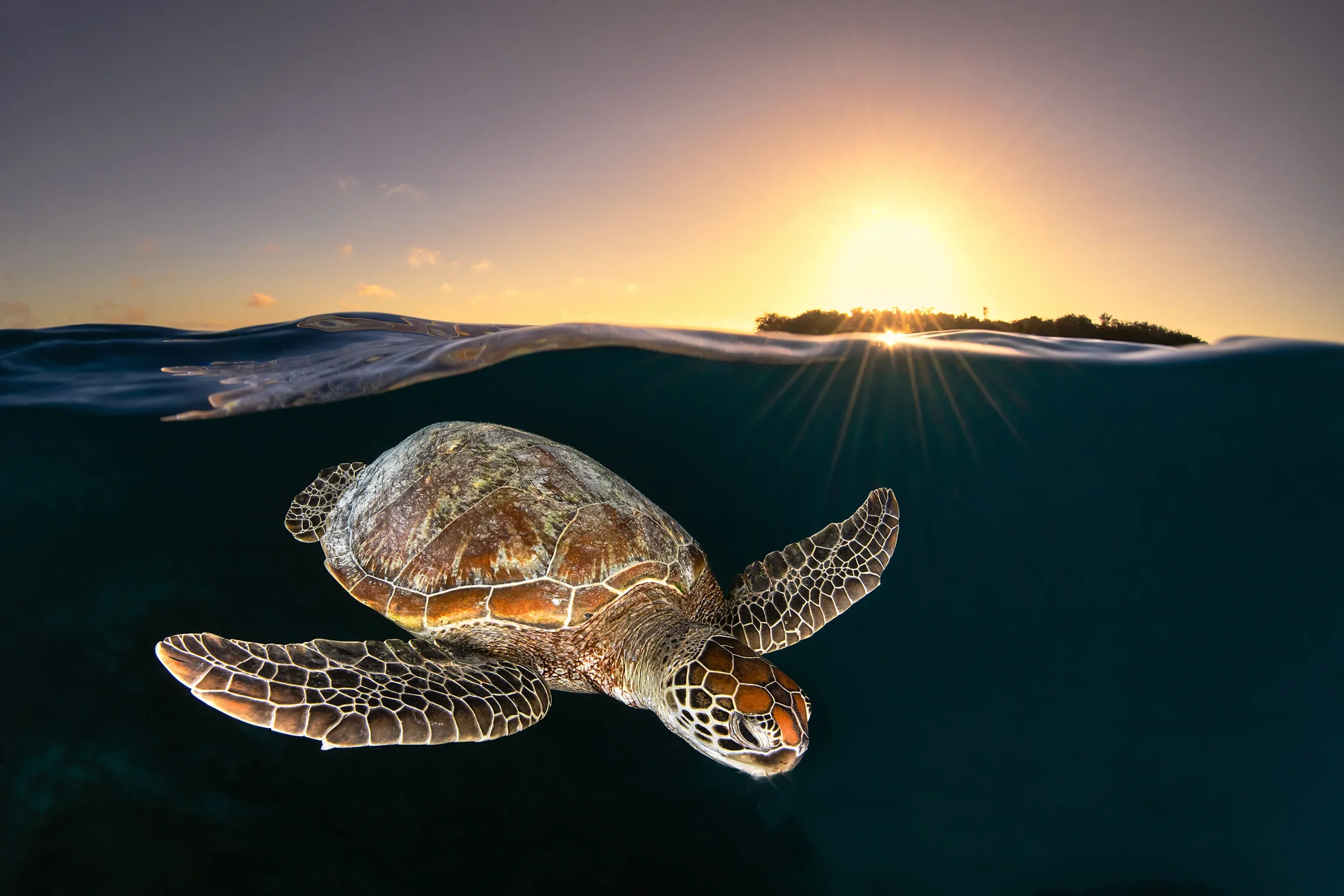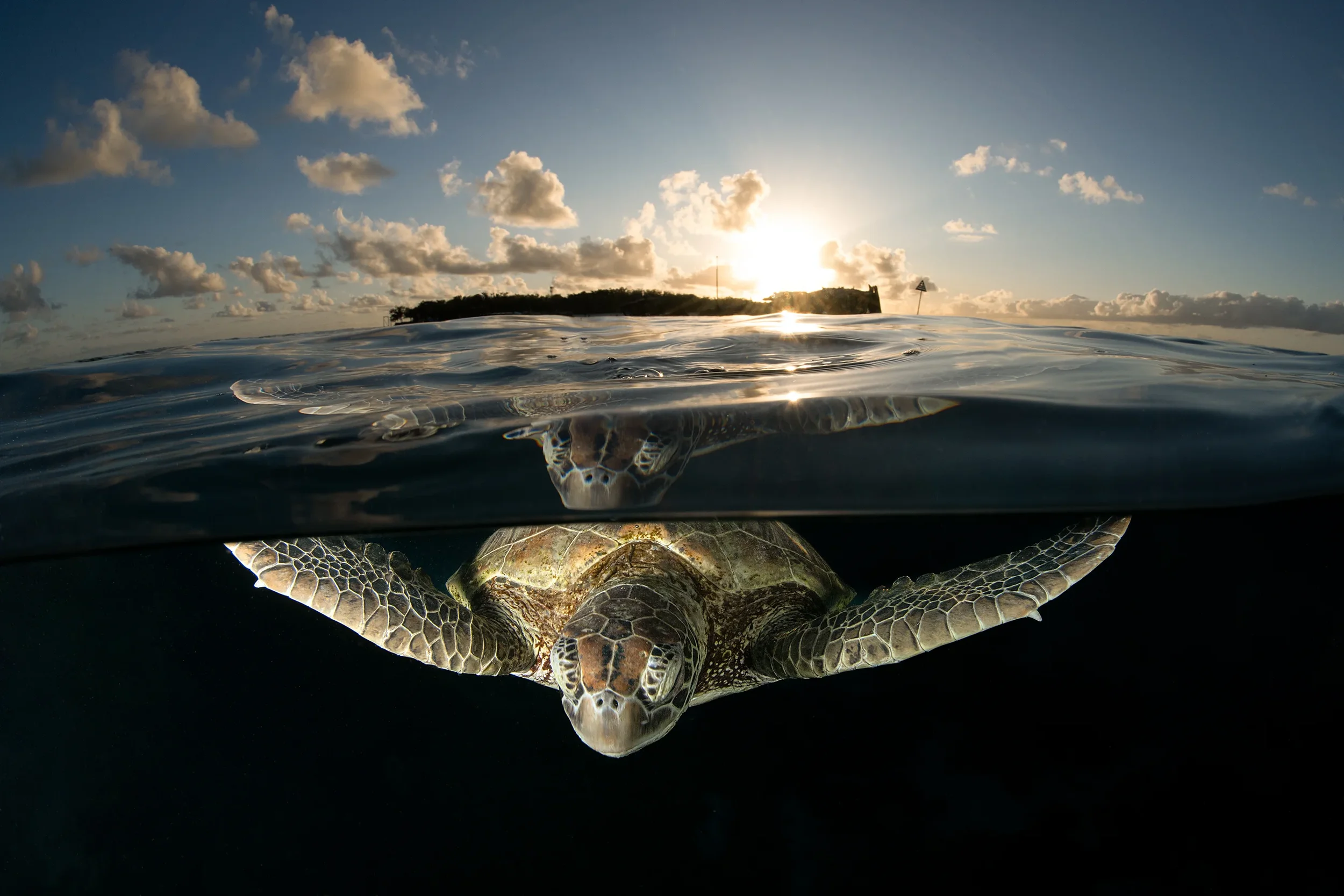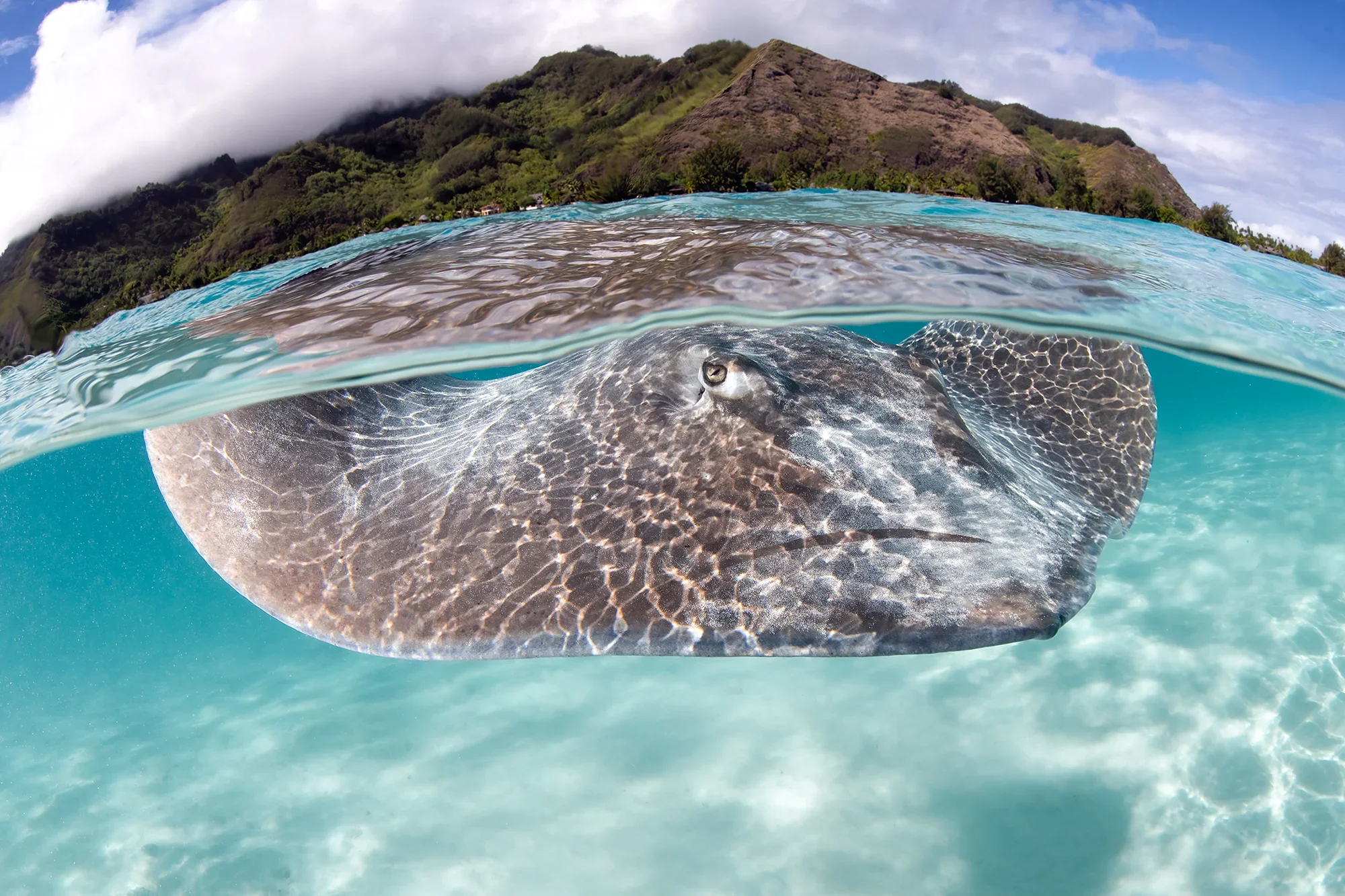Top 5 Tips for Split Photography
Very few images are as impressive as much as a well composed split shot that’s not only well composed, but also tack-sharp with a clean waterline separating above from below. Unfortunately, this type of photography is as difficult as it is rewarding. In this short blog post I am going to share with you my top 5 tips for capturing quality over-under photos.
Use a large dome port
While it is technically possible to shoot splits with a mini dome, it is substantially easier, and more effective, using one that is at least 8 inches in diameter. Working with a large dome port not only enhances optics for improved image sharpness and overall quality, but also makes it easier to minimise the appearance of water droplets in your photos. You will also be able to capture much “cleaner” waterlines as well as be able to include more of the surrounding environment in your compositions.
A larger dome port does come with some challenges including increased bulk and weight on your rig as well as greater buoyancy which can be difficult to freedive/or snorkel with for some divers, but if your goal is to produce quality split images, some sacrifices are essential!
Work at higher (smaller) apertures
This is arguably the most important variable that can see a split images go from average to impressive. Quality splits demand a large depth of field. In other words, you will want to set your aperture to at least f/20. This will help compress the waterline into a clean, thin, focused divider between the top and bottom segments of the shot and also make it possible to achieve sufficient focus.
Of course, working at such small apertures you will immediately begin to notice reduced exposure. To balance things out, don’t be afraid to push your camera’s maximum ISO limits. Unless I am graced with extremely favourable conditions, I find I need to increase my ISO up to around 1000 to maintain exposure.
Lighting is key
Using natural light (or strobes) to your advantage are a great way to further enhance focus in your split photography. If you are fairly new to split photography or have struggled in the past, aim to keep the sun at your back. The more light shinning down upon your subject, the easier it will be for your camera to lock on for that tack sharp focus we all strive for! Strobe lighting can also assist greatly with this as well as allow you to play around with different compositions shooting towards the sun as well as allow you to dive around sunrise or sunset for truly striking splits.
Shoot down
There are many different ways to shoot a nice split image, however, as a very general rule of thumb, I find the best images are the result of a very slight downward angle of shooting. If positioning the waterline directly parallel to your dome port, the resultant image can be come out looking somewhat one dimensional. A slight downward angle while keeping the waterline in the centre of the frame can make a dramatic impact to the overall composition by also encompassing surface textures and sometimes even reflections of the subject or the light above.
Spit for splits
You may have heard experienced over under shooters talk about spitting on their dome ports to minimise water droplets from forming. I am here to say this is actually very true and quite an effective method to keep the topside half of your images nice and clear (or as clear as possible). If however, you don’t want other divers giving you strange looks, I find the simple “dunk and shoot” technique to be just as good but it does require practice.
While it is possible to simply remove water droplets in editing software, be warned that some droplets can be very difficult to remove without damaging the overall image (ie. if they happen to form on the water line). If your chasing real quality its prevention is always better than cure. Do your best to minimise water droplets using either of the techniques above, and then clean any extras later in post production.
Time to get shooting!
There you have my top 5 tips for high quality split photography; I hope you guys enjoyed the read and took something from this article. If you would like to learn more about split photography, including exploring more into the specific camera settings and focusing techniques, be sure to check out Advanced Techniques for the Underwater Photographer where I go into much greater detail.




